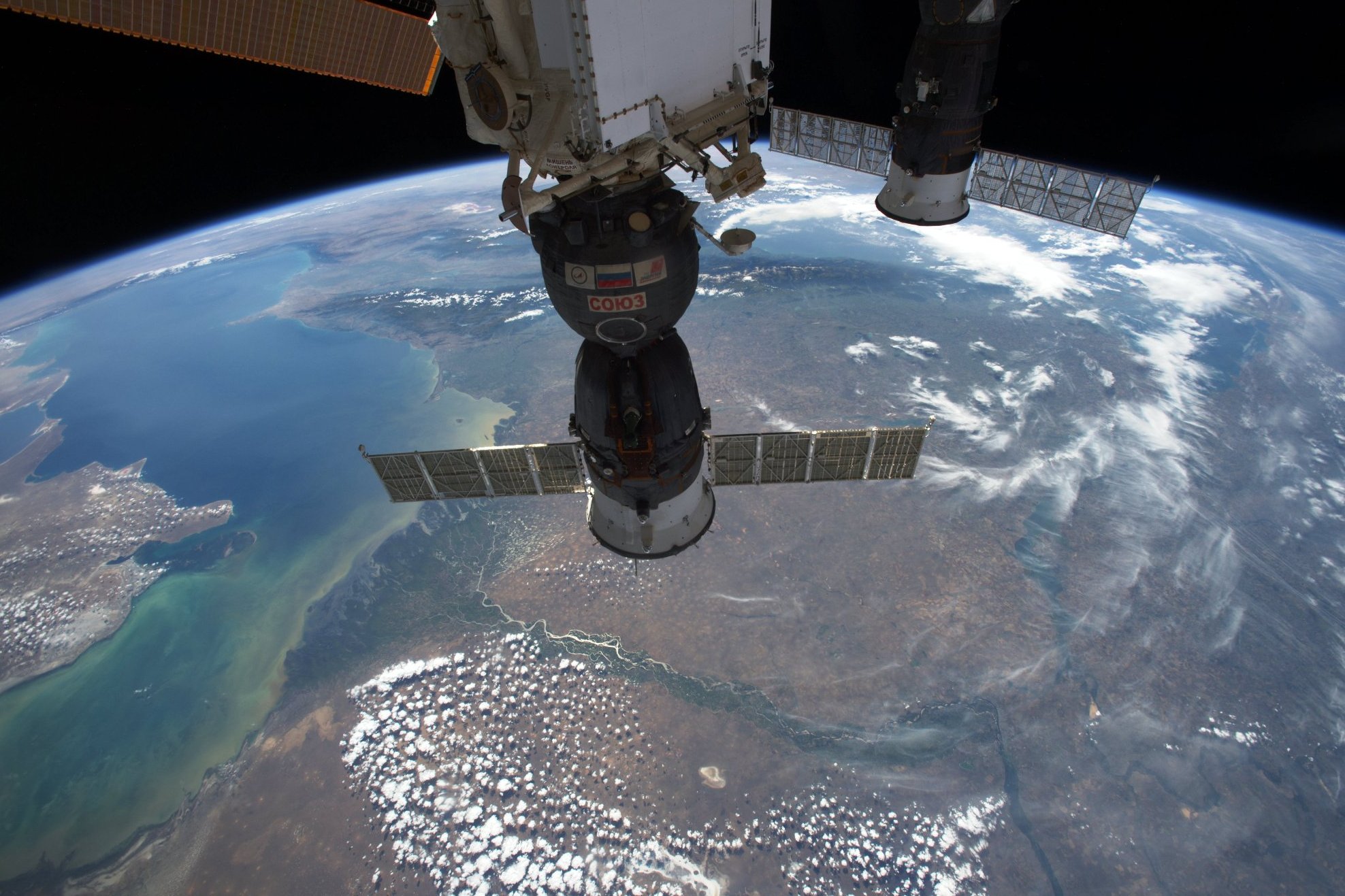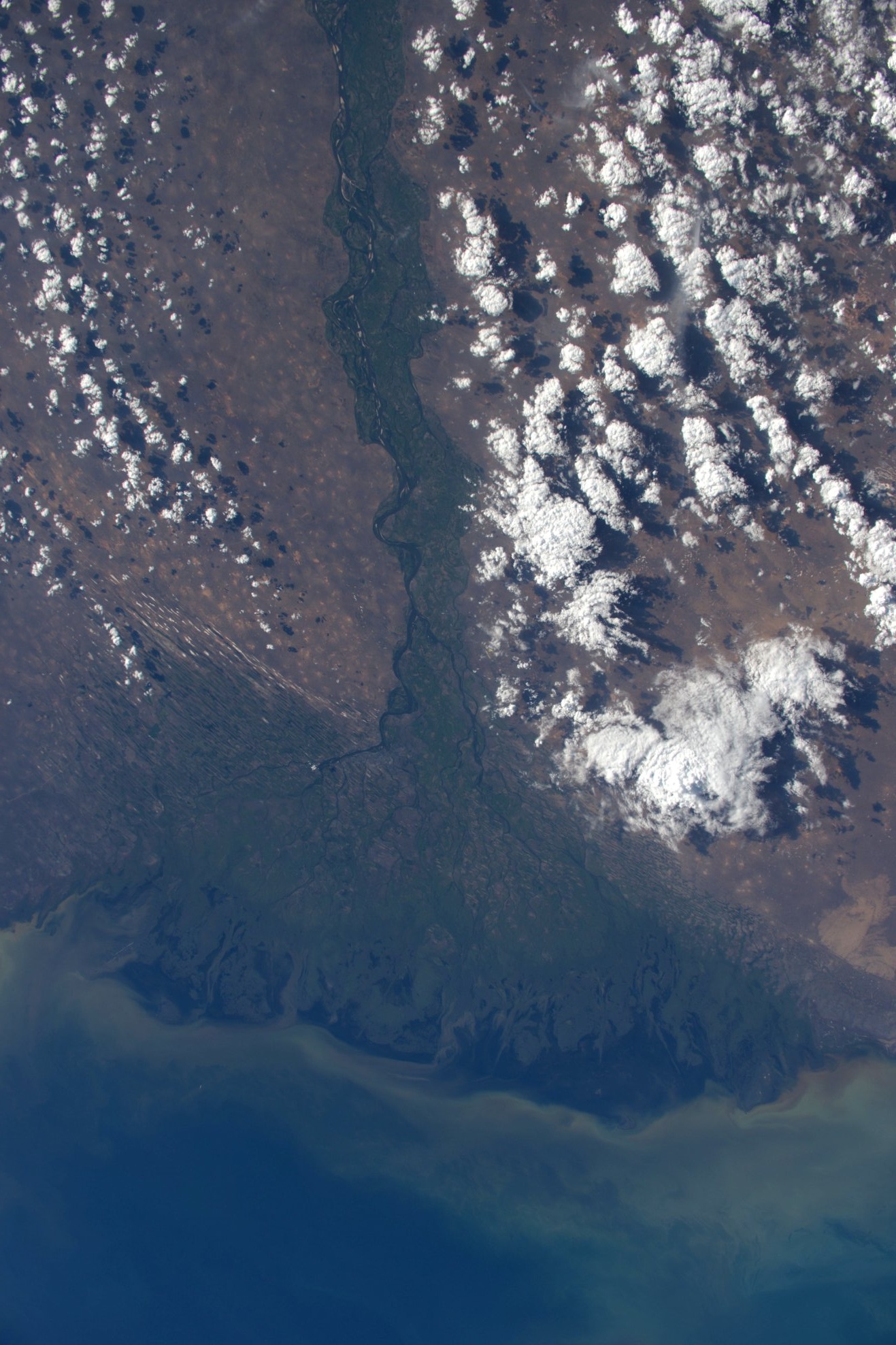[:ja]大西宇宙飛行士がからISSから撮影したロシア西部を流れるヴォルガ川のカスピ海に面するデルタです。約3700mで欧州最長のヴォルガ川の源流はモスクワとサンクトペテルブルクの中韓にあるヴァルダイ丘陵で、蛇行しながら最後はカスピ海に流入します。


カスピ海は水深が浅く、ヴォルガ川はここでアストラハンを中心とした幅160㎞にも及ぶ広大なデルタを形成します。豊かな生態系が形成され、ロシアで唯一ペリカンやフラミンゴ、ハスが見られます。
地上の様子はこちらです。

参考文献: Takuya Onishi’s Post
ウェブ地球儀で地球俯瞰画像を見る: LiVEARTH
[Earthview Wonders] No.203: Volga River of Russia🇷🇺
Astronaut Takuya Onishi captured from ISS the Volga River Delta in Russia. Europe’s longest 3,700m Volga River sources from Valdai Hills, winds and finally drains into the Caspian Sea.


Caspian Sea is shallow at the estuary of Volga River which creates broad area of delta with 160km wide around Astrakhan. The rich estuary is the only place in Russia where pelicans, flamingos, and lotuses may be found.
The scenery on the ground looks like this.

Reference: Takuya Onishi’s Post
See earthview photo gallery with web-globe: LiVEARTH[:en][Earthview Wonders] No.203: Volga River of Russia🇷🇺
Astronaut Takuya Onishi captured from ISS the Volga River Delta in Russia. Europe’s longest 3,700m Volga River sources from Valdai Hills, winds and finally drains into the Caspian Sea.


Caspian Sea is shallow at the estuary of Volga River which creates broad area of delta with 160km wide around Astrakhan. The rich estuary is the only place in Russia where pelicans, flamingos, and lotuses may be found.
The scenery on the ground looks like this.

Reference: Takuya Onishi’s Post
See earthview photo gallery with web-globe: LiVEARTH[:]